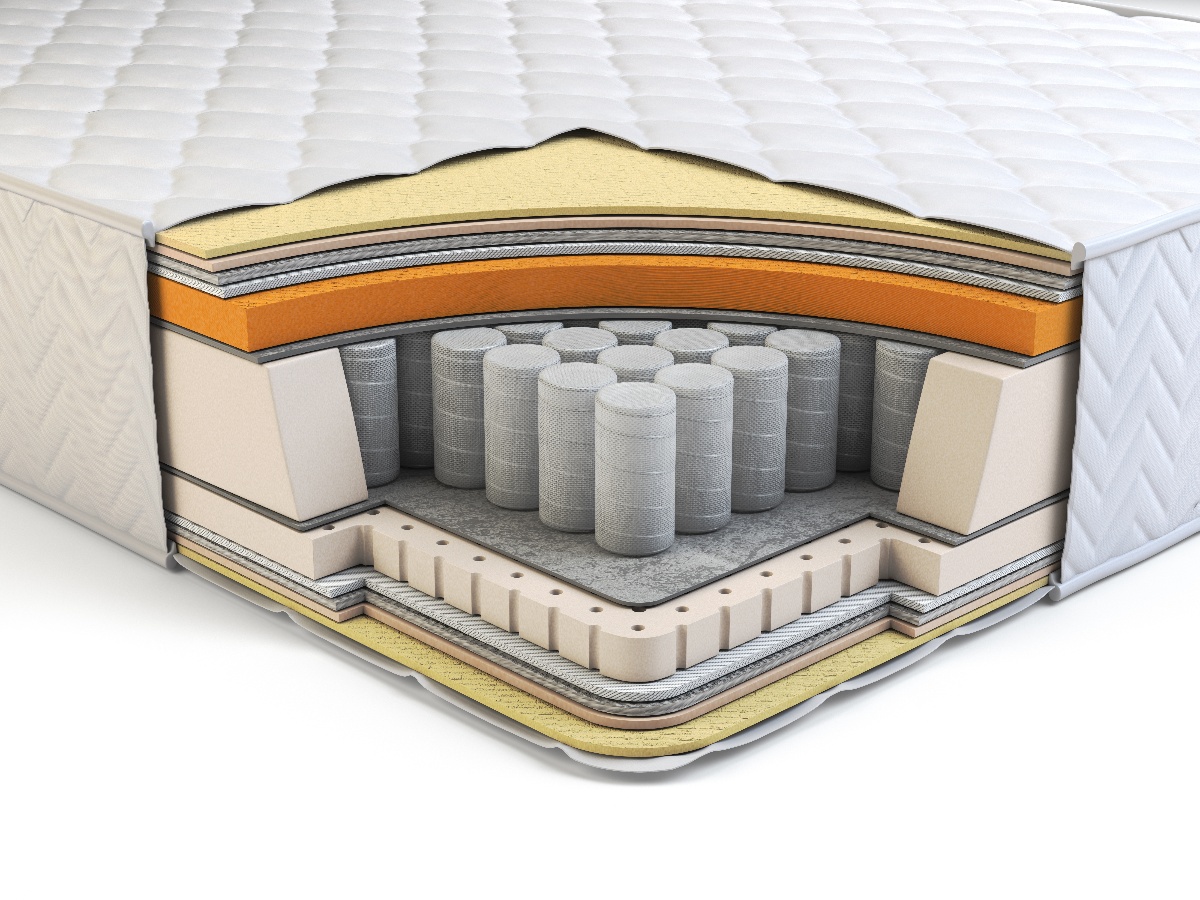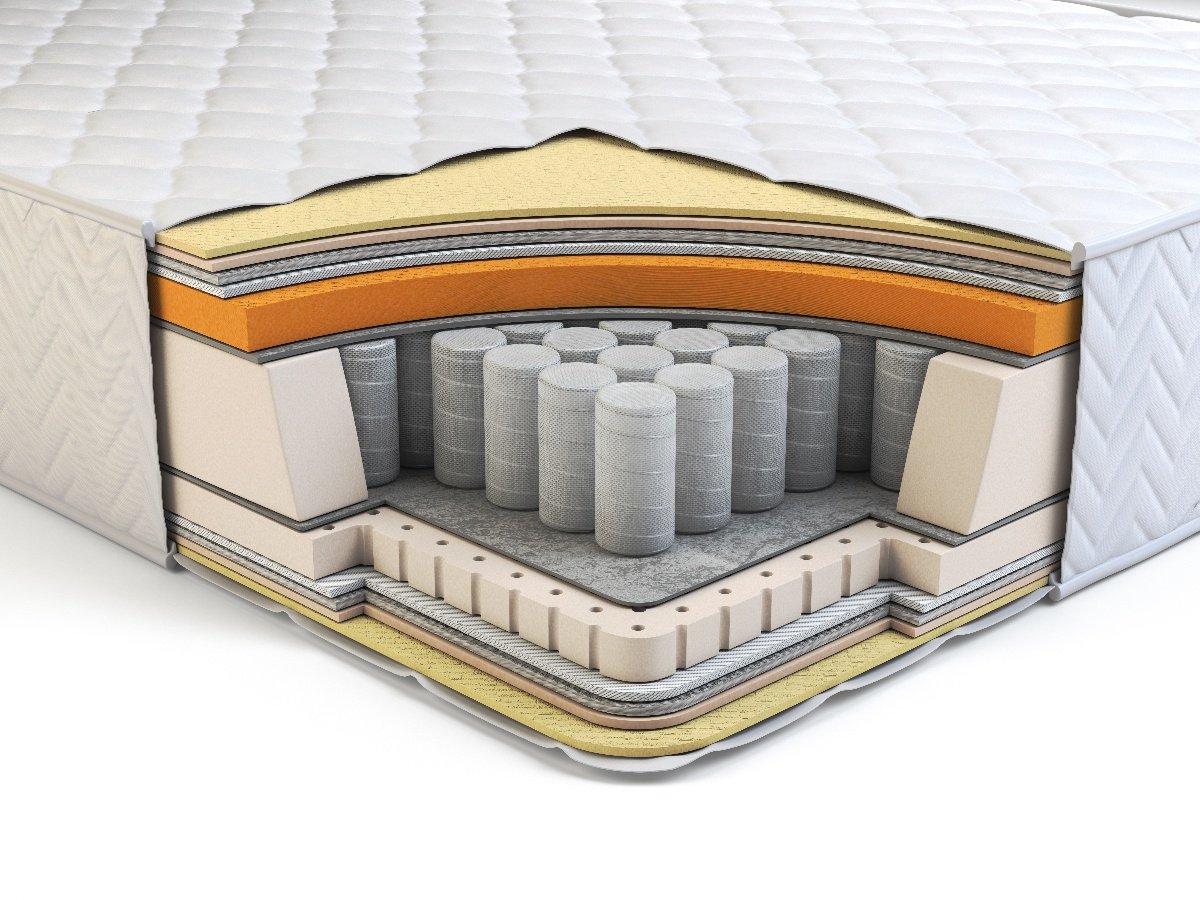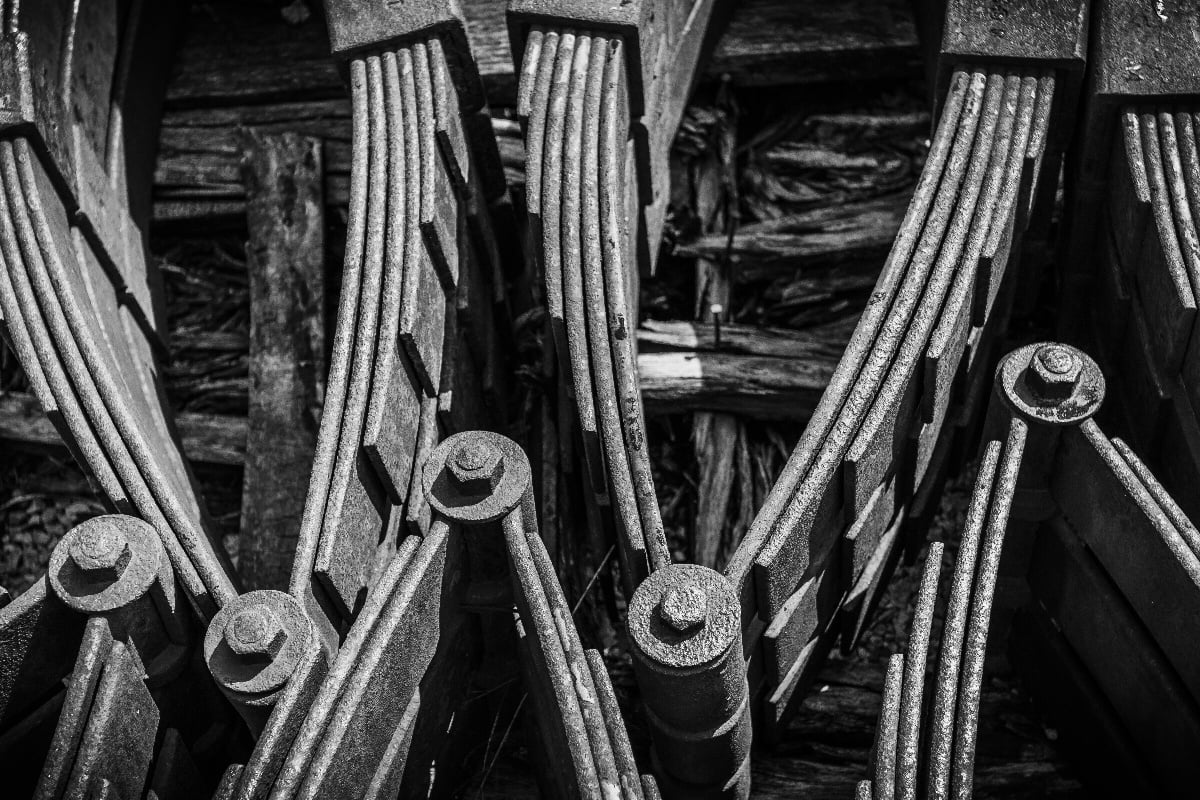
Mattress springs play a critical role in providing the comfort and support needed for quality sleep. Though mattresses contain other materials, such as foam and padding, the springs underneath provide the core structure and firmness. The spring system must be engineered for optimal compression under body weight while still providing push-back support.
By distributing weight and allowing airflow, properly designed springs allow the mattress to conform to the contours of the body, keeping the spine aligned. The development of modern nested coil systems has greatly improved mattress performance in terms of durability, motion isolation, and minimizing pressure points.
This article dives into the engineering factors behind mattress springs and how you should consider which material you should use.
Types of Mattress Springs
Bonnell coils
The most common type of mattress spring system. Constructed from steel wire coiled into a distinct hourglass shape with knotted ends. The coils are then laced together with additional steel wire to form a spring unit. The open design causes them to rely on each other for stability.
Bonnell coils provide consistent comfort and support across the whole mattress, making them ideal for evenly distributing body weight. The knots allow for some contouring, but overall, these mattresses lack localized support. As an older open coil design, they transfer a significant amount of motion from one side of the bed to the other. Bonnell units are an affordable option for basic mattresses.
Offset coils
Offset coils build upon the traditional Bonnell style, using hourglass-shaped steel coils. However, the coils are arranged in an alternating overlapping pattern like connected bricks rather than aligned uniformly, causing them to buckle individually under pressure.
The offset orientation allows coils to operate more independently, increasing flex and contouring ability compared to Bonnell units. Their overlapping structure also helps reinforce the perimeters. Yet, as an open coil system, they still facilitate motion transfer. Overall, they provide a balance of affordability, contouring, and firm support.
Continuous Coils
Constructed by stringing a single piece of pre-tempered, spiral-coiled steel wire into rows using helical windings to connect horizontally. This creates a flexible mesh pattern with vibration absorption properties. Operates similarly to Bonnell springs.
Known for reliable support due to their stable mesh pattern able to span larger mattress sizes without compressing as severely underweight. However, they still permit some sinking into coils and motion transfer is not isolated well. A cost-effective option for basic mattress support across bigger sleep spaces.
Pocketed Coils
Individual steel coils are encapsulated in fabric pockets, allowing them to compress independently without spreading laterally. Coils often use material thickness and different heights to provide advanced zoning.
With no direct metal connections between coils, this system excels at contouring to body curves and isolating movement so you don't disturb your sleeping partner. The independent response also prevents sagging dips from forming. Pocketed coils are more expensive than open types but provide superior comfort.
Ideal Material Properties of Mattress Springs
Yield Strength
The yield strength of steel coils determines the load and stress threshold before permanent bending deformation occurs. Tensile steel alloys used typically have high yield strengths for mattress springs. This allows them to resist compression loads from body weight.
Tensile Strength
The maximum tensile stress steel coil material can withstand while being stretched or pulled before fracture. Prevents coils from being pulled apart under pressure.
Elastic Modulus
Measure of the coil material's stiffness during loading, indicating its tendency to be deformed elastically. This elasticity enables springs to compress when loaded and rebound back to shape afterward to provide long-term durability.
Fatigue Resistance
Evaluates cyclic load capacity without failure over a product's lifetime. This is a vital mechanical property for mattress springs undergoing repeated compressive stress every night. High-carbon steel coils are optimized for mechanical fatigue resistance.
Thermal Conductivity
Effects the dissipation of accumulated heat from sleepers across the mattress to provide temperature regulation. The conductivity prevents heat buildup.
Corrosion Resistance
High-carbon steel used in cheaper coils can corrode over time with exposure to moisture, whereas stainless steel and titanium alloys provide excellent corrosion and rust resistance for longer mattress lifespans. Manufacturers balance material cost-effectiveness with durability requirements.
Fiberglass springs are a material that meets these engineering requirements.
Fiberglass Springs for Mattress Springs
Fiberglass is an emerging material gaining interest for use in mattress spring systems. As an engineered composite consisting of glass fibers embedded in a plastic polymer resin, fiberglass offers several advantages:
The glass fibers grant high strength and stiffness to resist years of cyclic compression without losing integrity. Fiberglass demonstrates better fatigue strength than steel over the long term. The plastic polymer matrix also helps prevent the propagation of cracks. Unlike metallic springs, fiberglass is immune to rust, decay, and corrosion issues within humid environments. This suggests improved lifespan potential matching the long warranties of modern mattresses.
Pound for pound, fiberglass has greater flexural strength than steel, allowing equivalent support using less material. This enables lighter mattress units, easing transportation and handling. Energy costs for production may also decrease. By altering the orientation and volume fraction of glass fibers during manufacturing, the stiffness and elasticity of fiberglass can be tuned to meet specified spring characteristics for localized support and comfort zones.
Fiberglass composites are intrinsically more dampening than metals, absorbing shock and motion instead of transferring vibrations across the mattress. This provides better isolation for undisturbed sleep.
By leveraging emerging materials knowledge and technologies for testing and prototyping iterations, engineers can usher in the next leaps in mattress design. The ultimate goal remains to perfect an ideal sleeping experience through personalized comfort. This will depend on scientific interdisciplinary insights from mechanical, materials, and industrial engineering spheres.















